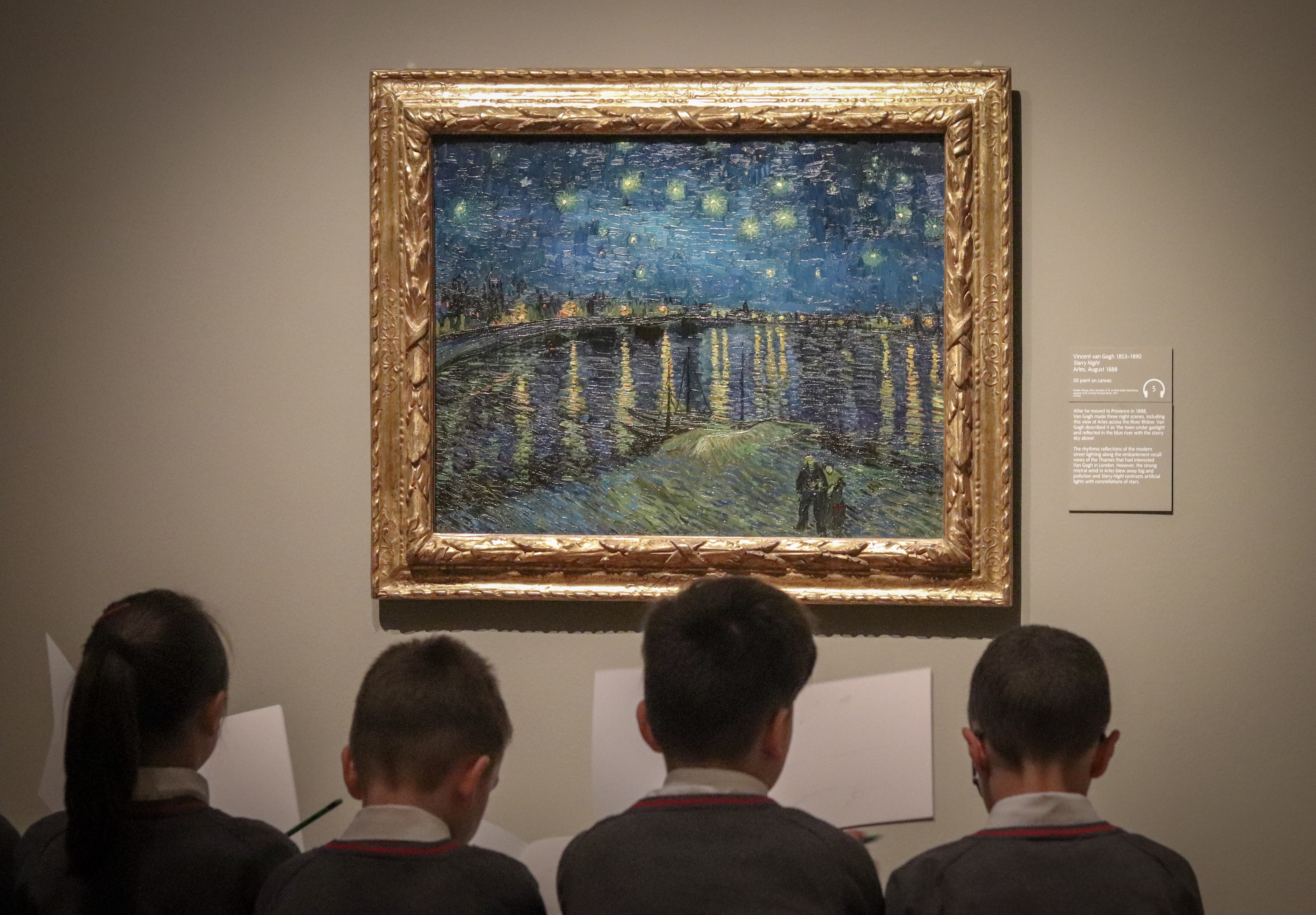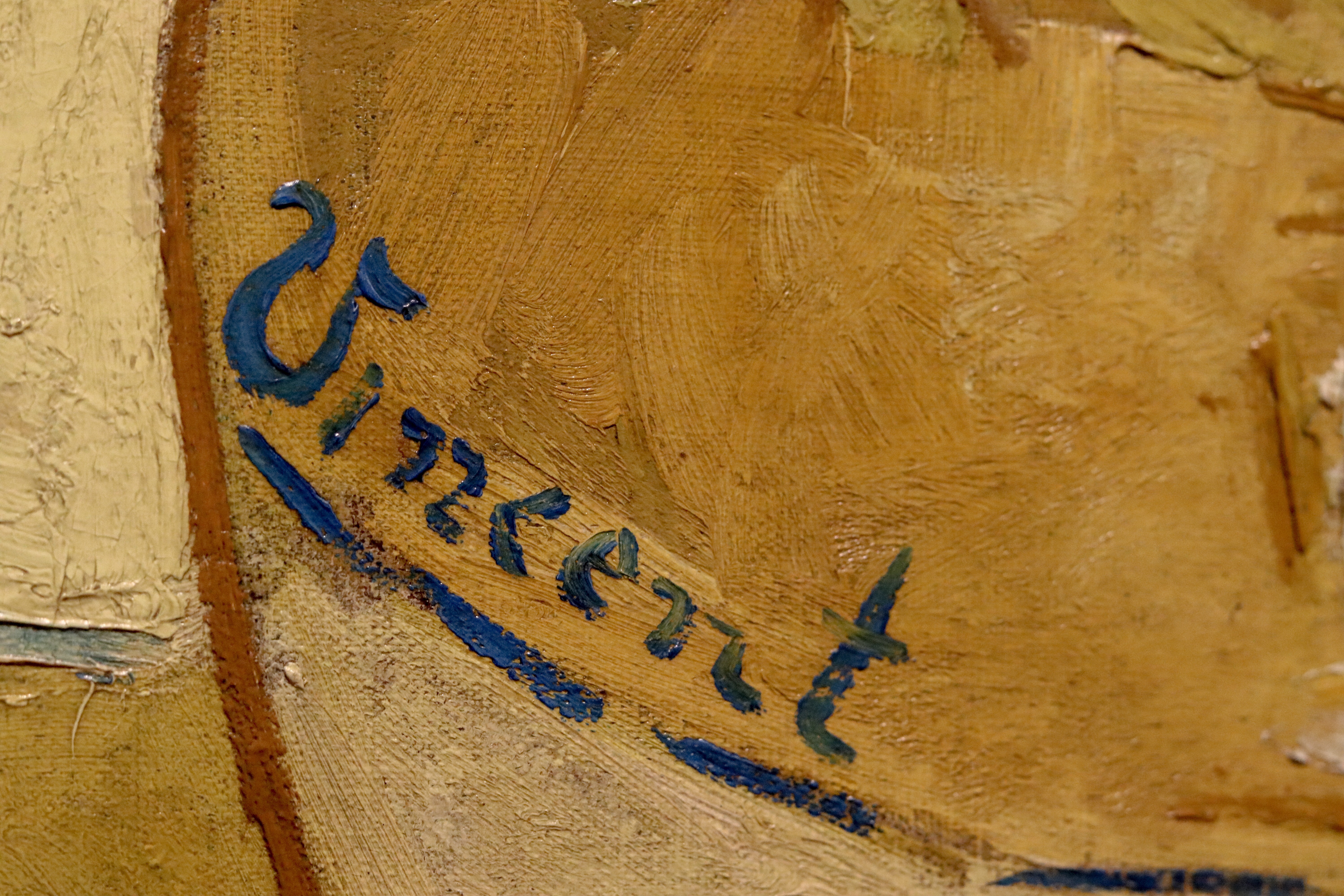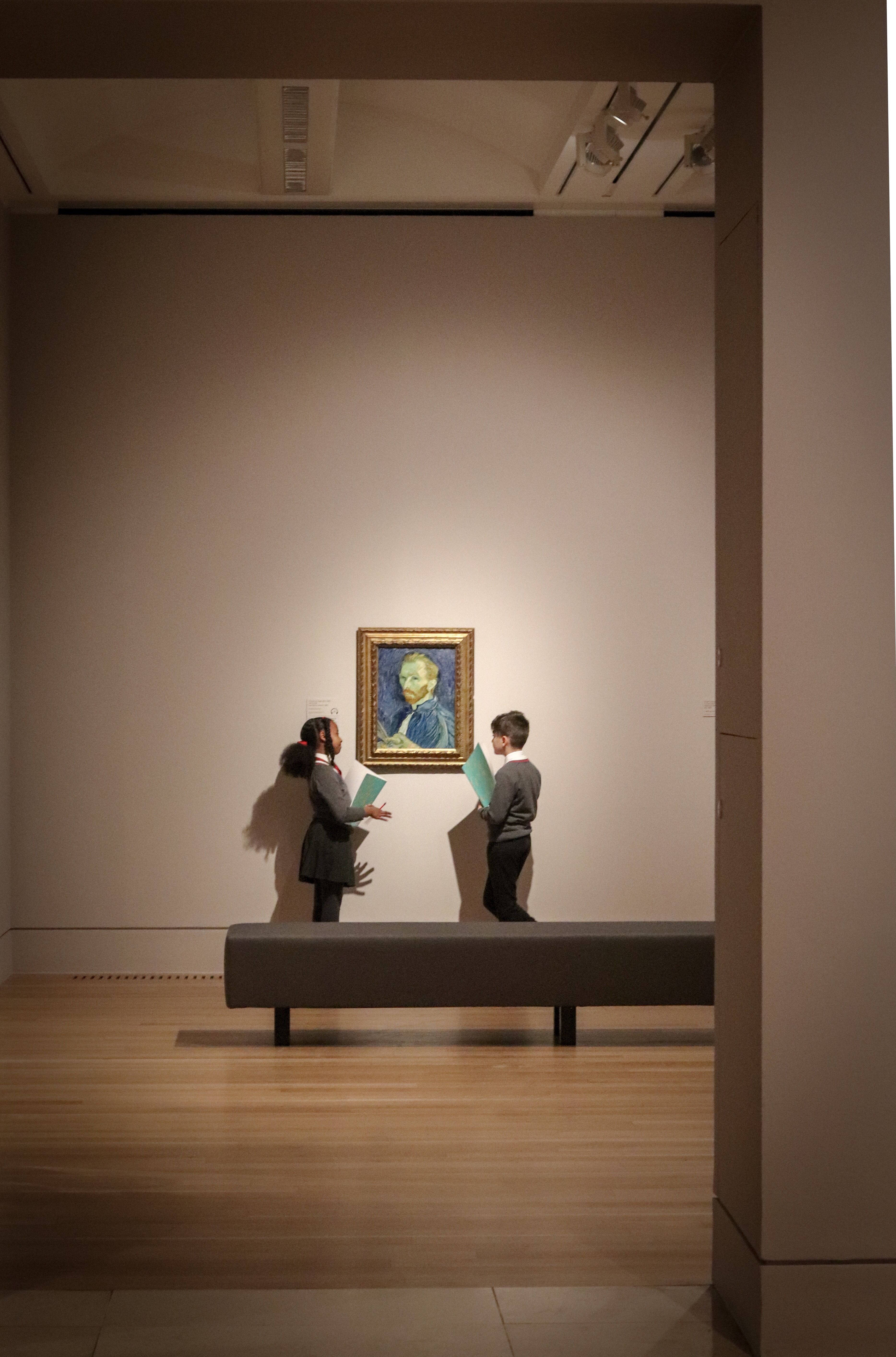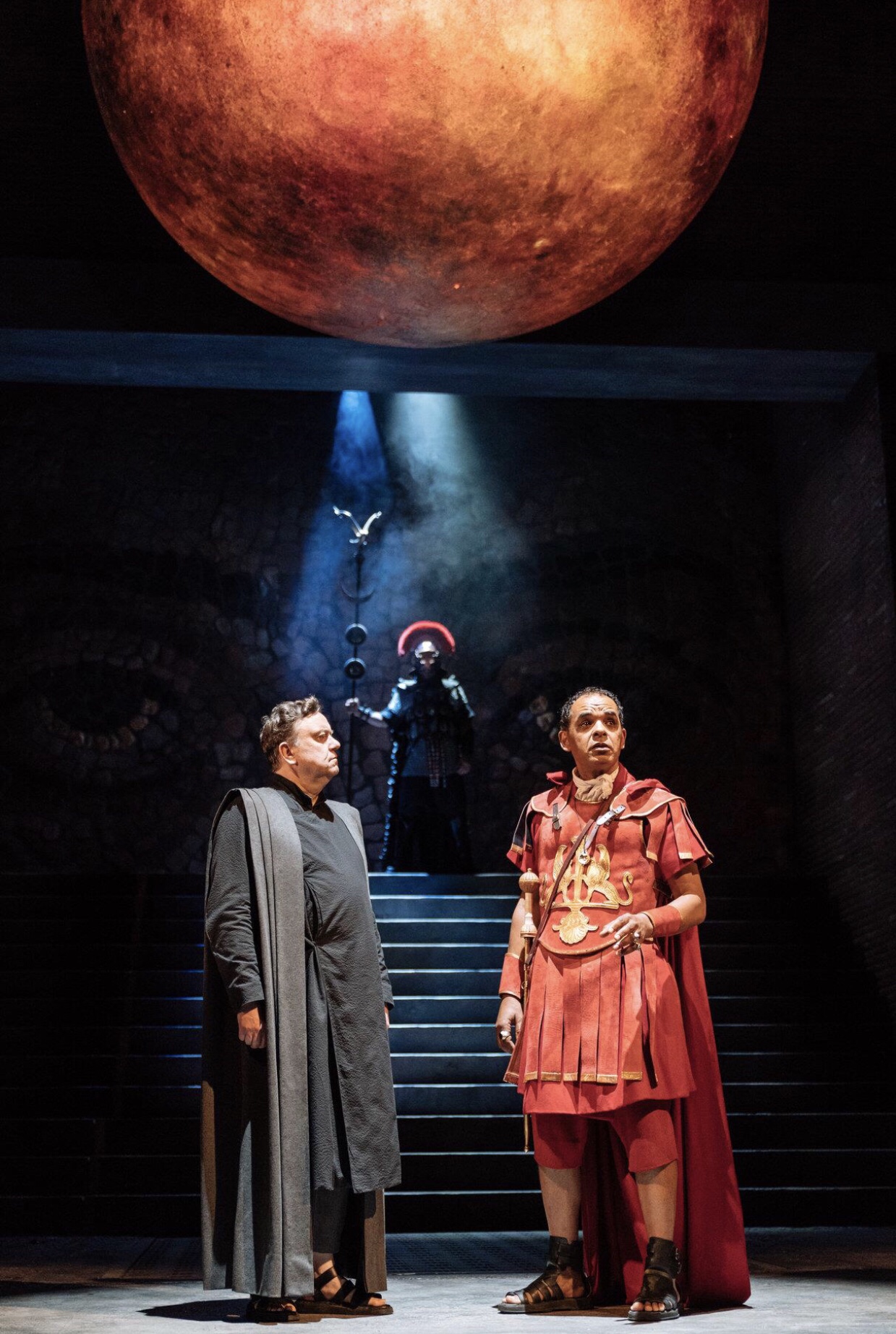I really enjoyed this book. I am new to Regency-era, Jane Austen and Brontë-type fiction, having only seen the 2019 version of Emma. last year and one episode of Bridgerton so far. So I wasn’t sure what to expect. However, I know enough to be aware of the strict formalities of aristocratic life in these times, where a bare ankle could shock but opium and snuff usage was fine. The novel is being marketed as Bridgerton x Gossip Girl x Mean Girls, and indeed there is an almost direct quote from the latter film in the novel, preceding a trip into town to shop which I enjoyed.
There was a time in the late 2000s/early 2010s when Lex and I were friends with a few of the same people through online communities, and eating my first ever Nando’s I was sat at a table with them. To be clear I wouldn’t say I know them, but like I say, I do or did know some of their friends, and I noticed I’d been subconsciously seeking out any references or in-jokes I might be party to. I found none, but I did see parallels with some Emma characters – again, my only literary reference for the period. Frances put me in mind of Jane Fairfax, and Betty Walters of Harriet Smith, and of course Georgiana would be Reputation’s Emma. In my head – and I realise this now as I type – when reading, I pictured Thomas Hawksley with the face of Johnny Flynn. These may be entirely innocent similarities, or perhaps Lex is parodying the genre and structure of Emma et al; I wouldn’t know. All I would say is that I don’t think it’s a bad thing, and in essence the two sets of characters do differ a lot, in the same way that crude oil can be made into both plastic and petroleum. Both are basically dinosaurs at the end of the day, right?
I laughed a lot reading Reputation. I would’ve liked to have known a little more about the area it was set in – there were moors, sure, and grand estates, which leads me to Yorkshire, but then that necessitates changing the characters’ accents in my head accordingly. Similarly I understood the characters to be in their early 20s – young enough for them to still be unmarried without it meriting scandal – but wasn’t quite sure beyond that. Others with more knowledge of the time would perhaps pick up on more clues than I did. But I suppose it doesn’t really matter; 20s as an age range is fine.
The letters between Georgiana and Mr. Hawksley were funny and reminiscent of modern romance – though they are obviously written out longhand formally, being hand-delivered by messengers rather than through the postal service gives an immediacy and easy teasing and flirtation to the messages we would recognise today.
Overall I am happy I got to read this book, and I did try to stop myself racing through it but failed. The fact it isn’t out yet for a while means I can’t discuss it with anybody, but I want to! It’s that sort of book. Sequel needed? You bet!
==
Obviously I wrote that a few months ago but was asked to hold back until pub week, so here we are. Reputation by Lex Croucher is out now.








